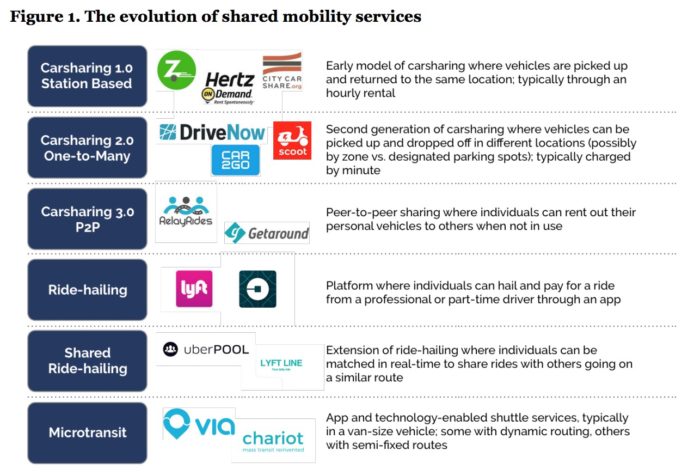
The rapid adoption of ride-hailing poses significant challenges for transportation researchers, policymakers, and planners, as there is limited information and data about how these services affect transportation decisions and travel patterns. Given the long-range business, policy, and planning decisions that are required to support transportation infrastructure (including public transit, roads, bike lanes, and sidewalks), there is an urgent need to collect data on the adoption of these new services, and in particular their potential impacts on travel choices.
View this complete post...











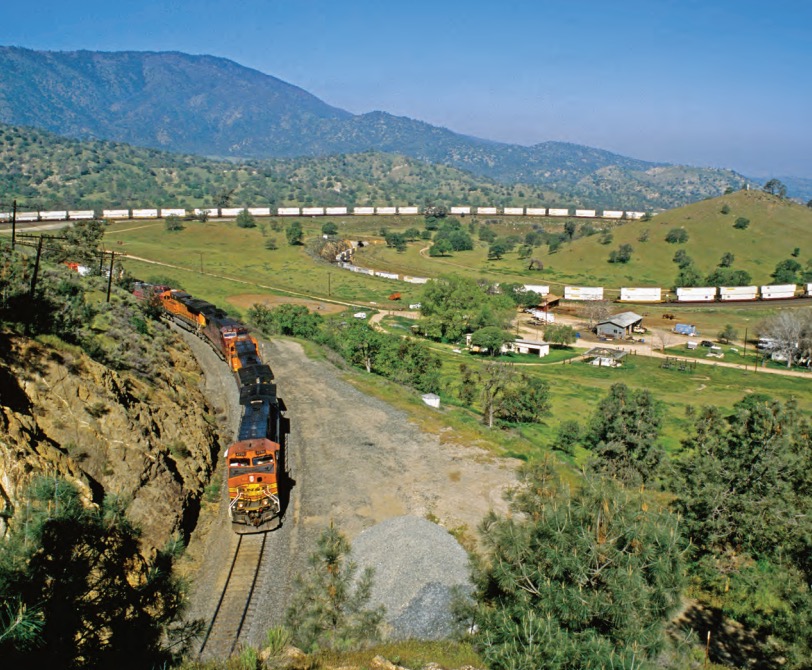
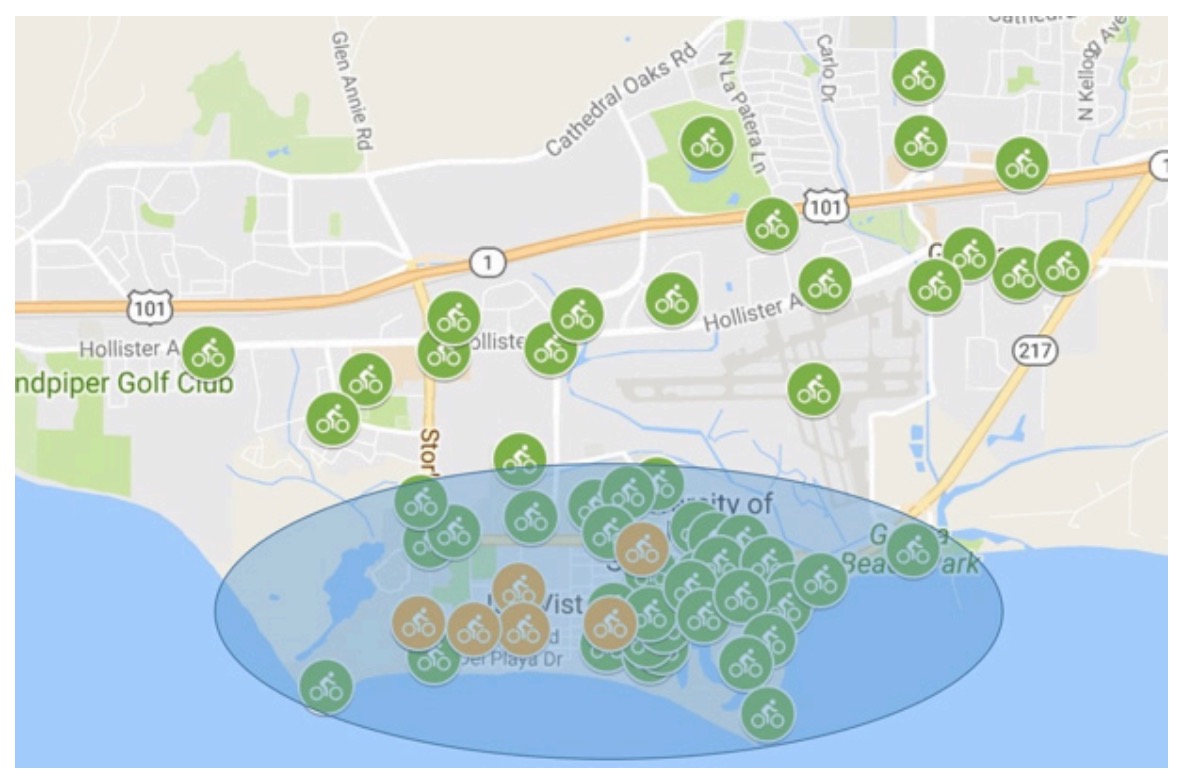
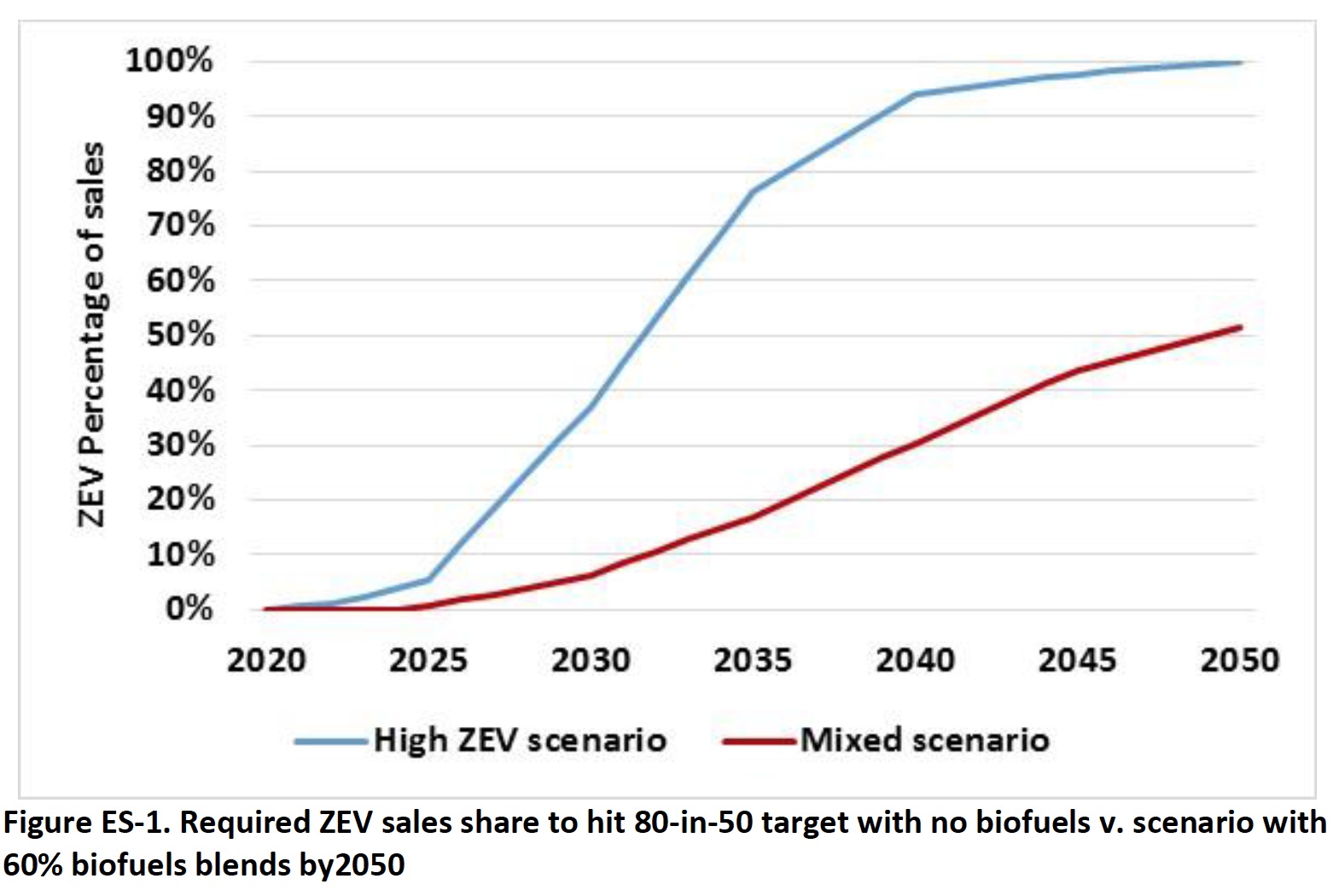

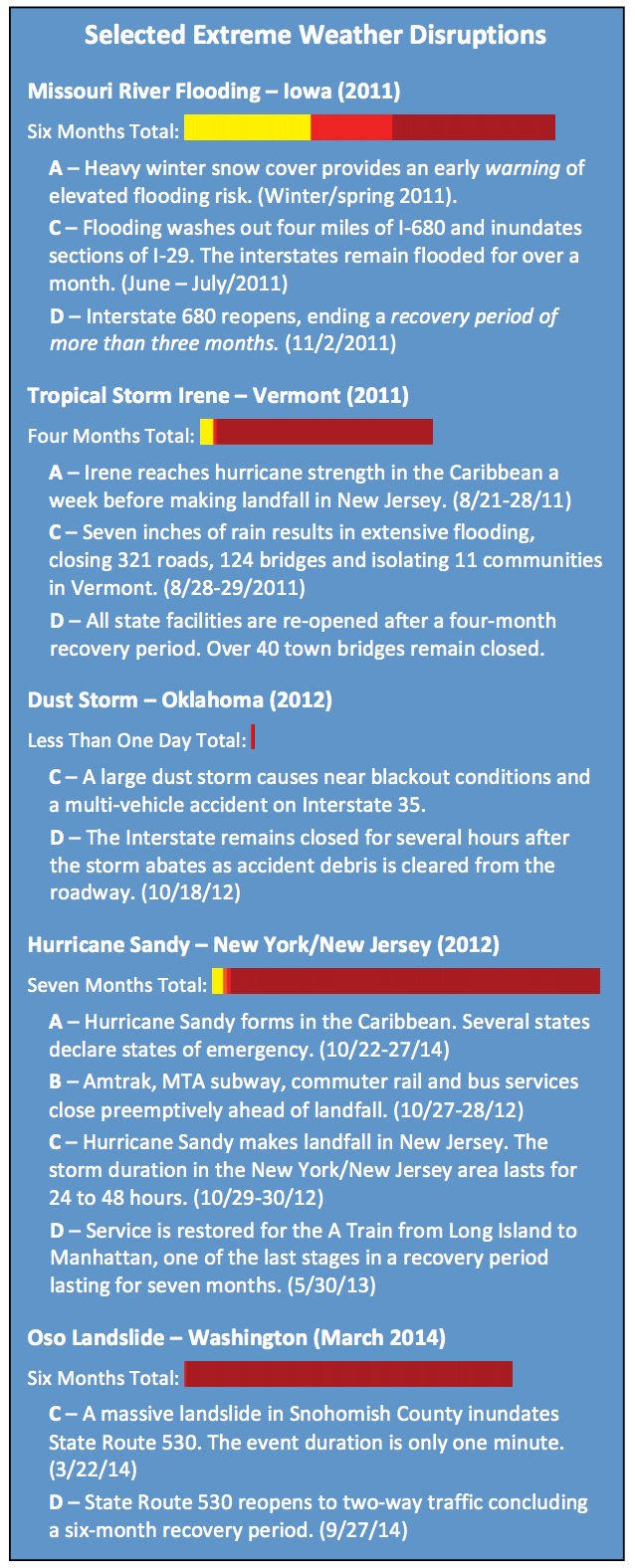

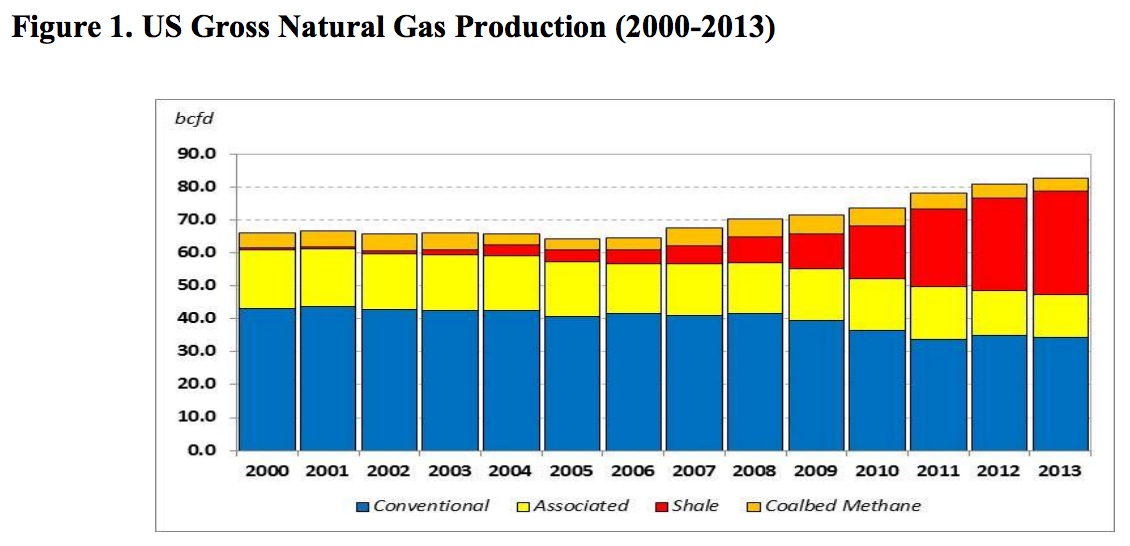
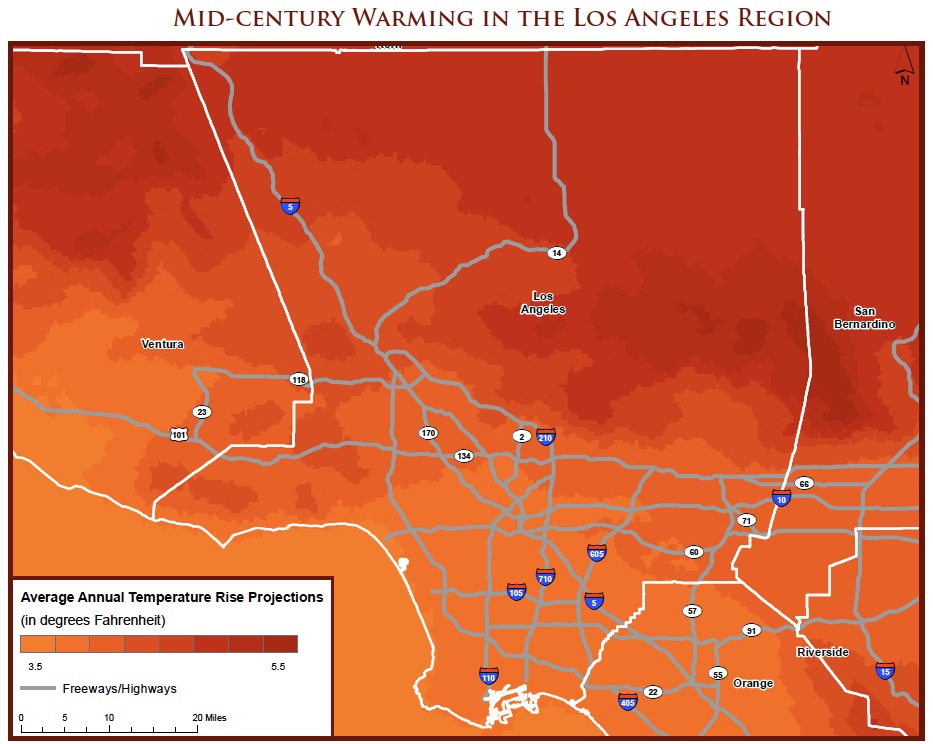
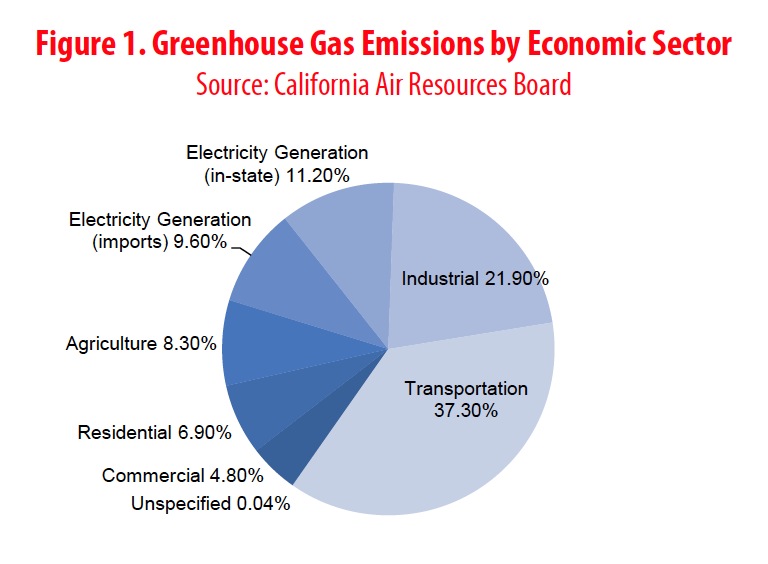

 RSS Feed
RSS Feed